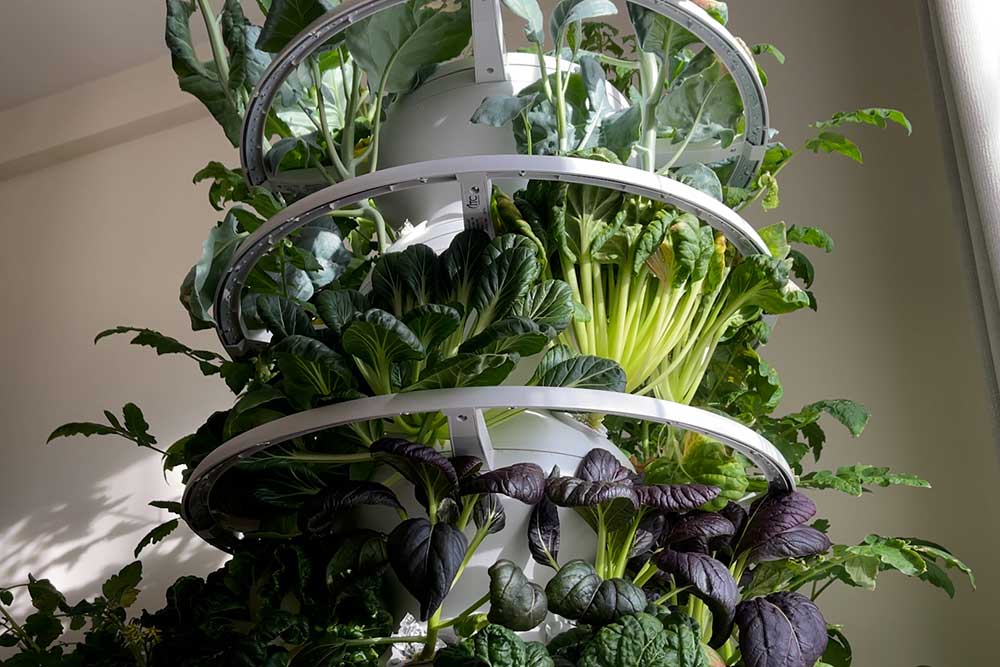
Is the Lettuce Grow Farmstand worth it?
As much as I love this futuristic vertical garden, there’s no denying it’s pricey.
So in today’s post, I’m doing a deep dive on the Indoor Farmstand – the pros, cons, how I’m using it and what I’m growing.
Here’s everything to know about the indoor tower garden before buying one.
my indoor Farmstand and a few of the hydroponic vegetables I’ve grown inside my apt
Farmstand Review
Quickly jump to:
- Lettuce Grow
- Farmstand vs Nook
- Farmstand Overview
- Seedlings
- Grow Your Own Seeds
- Must Have Accessories
- Growth and Harvest
- Nutrition
- Pros
- Cons
Lettuce Grow
Lettuce Grow was founded in 2017 by Jacob Pechenik and ex-wife Zooey Deschanel, when they first became parents. They created the company with the mission of making growing your own food simple and easy.
The company sells 2 main hydroponic gardens: the Farmstand and the Nook.
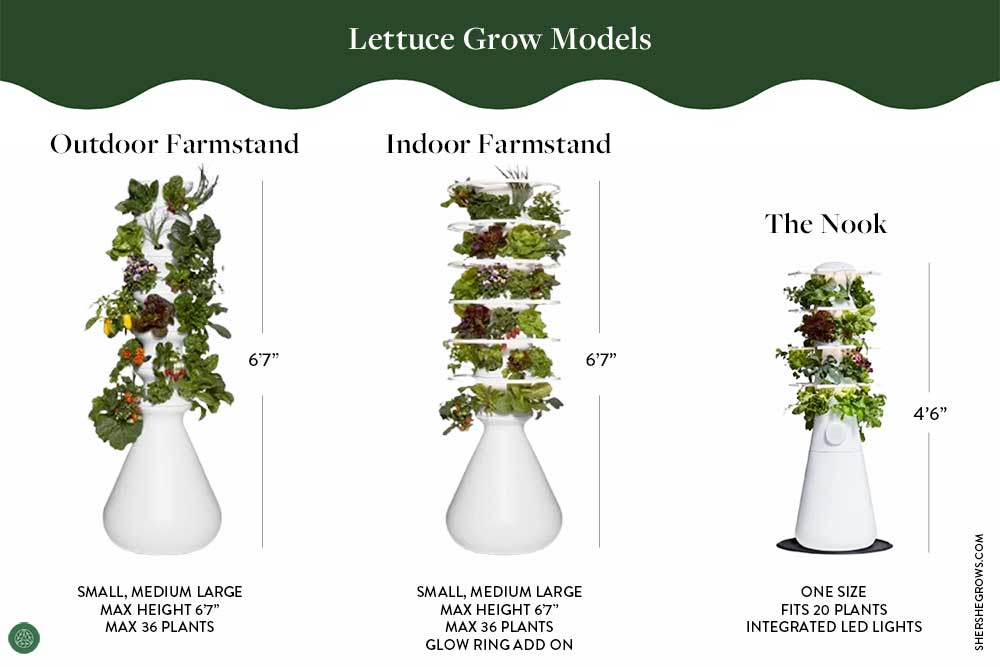
comparing Lettuce Grow’s 3 models: the Outdoor Farmstand, Indoor Farmstand and Indoor Nook
The Farmstand is larger and can be used both outdoors and indoors.
If using it indoors, you’ll need to add on their glow rings, indoor LED lights that mimic the power of the sun.
The Nook is smaller and designed entirely for indoor use. It’s cute, compact and comes with integrated LED lights.
Right now, Lettuce Grow is doing a 20% off sitewide sale. Lettuce Grow rarely does discounts, so now’s a good time to get one!
Lettuce Grow Discount Code
Use SHER125 for $125 off any farmstand
All of Lettuce Grow’s hydroponic gardens incorporate upcycled ocean-bound plastic.
They’re also California Prop 65 compliant, the highest standard when it comes to hydroponic food production.
What it means is no substances from the Farmstand (including the packaging, nutrients, seedlings, etc) will cause any known harm.
I’m pretty desensitized to the Prop 65 warning these days, since most everything seems to have the warning label on it. (I’ve seen it on bank buildings in LA to the nori seaweed packages at the grocery store)
So I was pleasantly surprised to learn that Lettuce Grow is Prop 65 compliant!
Lettuce Grow includes plant seedlings with your order.
All of their baby seedlings are grown with organic, non-GMO seeds and safe growing practices.
To me, the main benefit of growing your own produce at home is to ensure pesticide and preservative free produce.
It doesn’t need to be shipped or travel cross country, and can be harvested and eaten at its peak freshness with its full nutritional value.
Farmstand vs the Nook
I’m often asked why I went with the Farmstand over the Nook. I debated and researched them both thoroughly, and it was hard to choose.
| Indoor Farmstand | Nook | |
| Available Sizes | Small, Medium, Large | One Size |
| Max Height | 6’7″ | 4’6″ |
| Max Capacity | 36 plants | 20 plants |
| LED Lights | Glow Rings | Integrated Y lights |
| Space Needed | 4 sq ft | 2 sq ft |
| Nutrients? | Yes | Yes |
| Water Mat? | No | Yes |
| Available at | Amazon, Lettuce Grow | Amazon, Lettuce Grow |
Benefits of the Nook
The Nook is Lettuce Grow’s newer garden, with several design improvements over the original Farmstand.
In particular, I liked the integrated Y-shaped LED lights on the Nook and its more compact footprint (2 square feet vs 4 square feet).
I live in a very small apartment in New York City, so space is always a concern!
The Nook also has re-designed grow cups, with sleeves to hold the plant roots for easier cleanup as well as integrated plant labels.
The Nook also comes with a smart plug so you can easily control the timer and schedule with your phone, via the Lettuce Grow app.
And, the company includes a pH meter and water mat, accessories that aren’t included with the Farmstand.
Benefits of the Farmstand
But ultimately, I went with the Farmstand.
I’m always itching to grow as much as possible, so I liked the larger capacity of the Farmstand. It’s a modular system, and I went with the medium size which comes with 4-tiers for growing 24 plants.
If I liked it, I could always add on their extension kits, and stack on additional glow rings.
(The maximum height you can build the Farmstand to is 6’7″, composed of 6 tiers with 6 grow holes per tier, for a maxixum capacity of 36 plants).
The Farmstand also has more flexibility in what you can grow.
The LED lights on the Farmstand’s glow rings are stronger than the Nook, with both red and blue light for developing fruiting plants.
The Nook’s lights are primarily geared towards herbs and salad greens, although I think some people have managed to grow cherry tomatoes on them!
Indoor Farmstand
Setting up the Farmstand was a bit more involved than my countertop gardens, but easier than my Aerogarden Farms.
You can watch the process here, and I also wrote a detailed assembly guide here that goes step by step into the process.
Essentially, the Farmstand is a vertical tower garden with the water reservoir at the base. On top of this, alternating growing tiers and LED glow rings are stacked.
Inside the hollow garden, there’s a water pump with tubing.
Water is pumped to the top of the Farmstand, where it then rains down like a shower head over the plant roots.
Compared to my other indoor gardens, which are a DWC hydroponic setup, the Farmstand is more similar to an aeroponic setup.
Read more: The Beginner’s Guide to Hydroponics
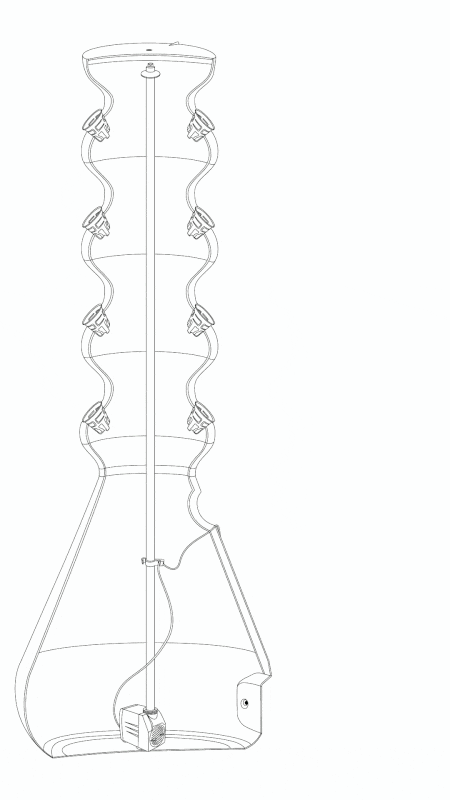
Setting Up the Lettuce Grow Farmstand
Seedlings
Regardless of whether you go with the Farmstand or the Nook, Lettuce Grow includes seedlings with all of their hydroponic gardens.
The seedlings arrive to you in a separate package about 1-2 weeks after the garden.
That way, you can set up the hydroponic tower and have it fully assembled before the plants arrive.
The seedlings they ship to you are tailored to your gardening zone, and are 2-3 weeks old when they arrive, so you get to plant young plants instead of baby seedlings.
That gives you a huge acceleration on the growing process, especially compared to other hydroponic gardens on the market.
For example, Aerogarden included seed pods with their gardens, so you would grow plants directly from seed.
Since the seed starting phase is often the slowest part of the gardening process, Lettuce Grow’s method gives you nearly a month head start so you get to the harvest phase much quicker.
The cheaper indoor gardens sold on Amazon don’t even come with seeds, so you need to choose your own plant varieties, order seeds on your own, and learn how to seed start.
That process can easily add 4-8 weeks to your growing process!
Read more: The Best Places to Buy Seeds
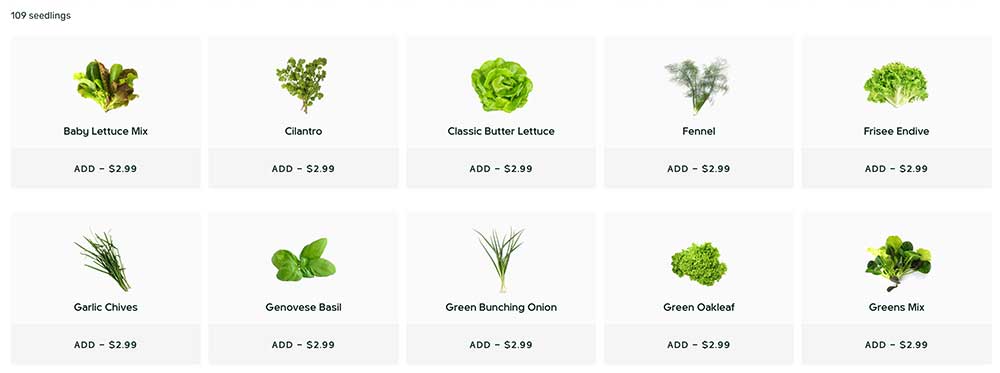
just some of the seedlings Lettuce Grow offers
Using Your Own Seeds
After the initial round of plants, you can re-purchase seedlings from Lettuce Grow.
(How long each plant lasts in the hydroponic tower will depend on the plant type)
Lettuce Grow offers both regular and subscription bundles.
On average their seedlings cost $3 each, but if you bulk buy, you get free shipping and a free bonus seedling with every 12 seedling purchases.
Lettuce Grow’s seed selection is extensive – typically 100+ at any time, and each season they’ll rotate in ~30 new plant types.
All of their plants have been carefully vetted for compatibility with the tower garden.
growing my own seedlings outside the tower, then transporting them in
Make Your Own Seed Pods
While it’s easier to go with Lettuce Grow’s seedlings, you can definitely use your own seeds!
I have an in-depth guide on how to do that here.
It does end up saving you a bit of money over the long term, so long as you have the patience to make your own seed pods!
Read more: How to Make Your Own Lettuce Grow Seed Pods
What I’ve Grown
For my first round of planting, I grew a variety of Asian greens and tomatoes, including:
- gailan
- baby bok choy
- baby shanghai bok choy
- purple bok choy
- tatsoi
- orange cherry tomatoes
- red cherry tomatoes
Read more: Every Herb, Green & Vegetable I’ve Grown Inside My Apt!
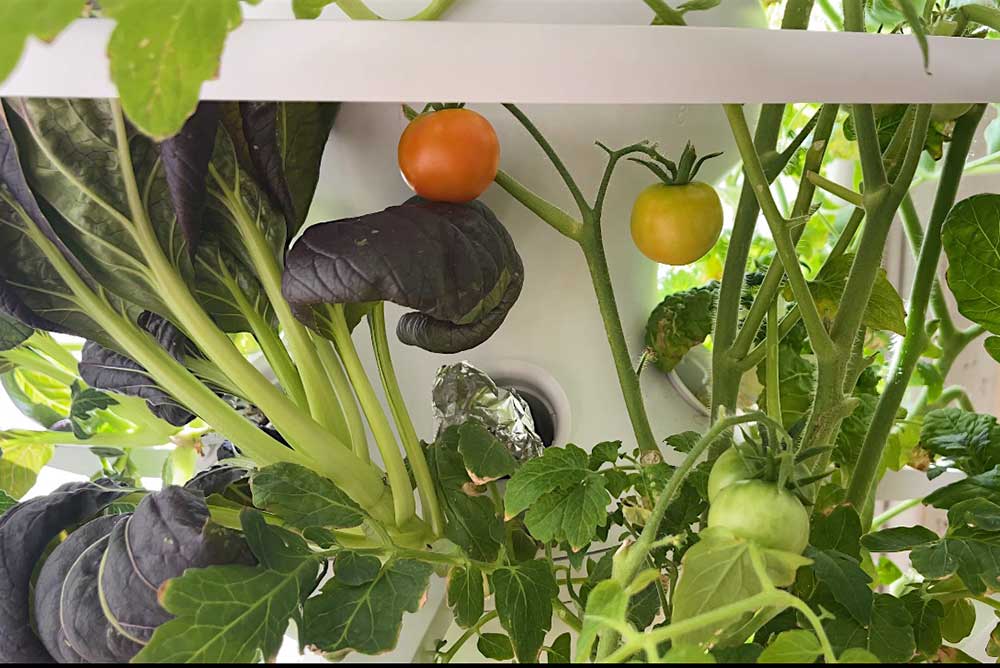
my Farmstand stocked full of various Asian greens and tomatoes
Lettuce Grow Accessories
Everything grew really quickly and easily and I was impressed by how many plants I could grow in such a small space.
The initial round of planting got me comfortable with Lettuce Grow’s vertical style of hydroponic gardening and made me realize that several accessories really come in handy.
Dolly
When the Farmstand is filled with water, it’s incredibly heavy and unwieldy.
If you want to be able to move the garden around, I highly recommend getting a plant dolly.
This one is sleek and matches the Farmstand perfectly.
This one is a cheaper alternative that also works well!
I’d recommend getting the dolly right away, so you can place the Farmstand on wheels right during setup.
Once the water tank is full, it’s extremely difficult to lift and move onto the dolly.
Water Mat
Occasionally, spills happen as you refill the garden water tank or move plants around.
I find that this water mat is helpful for catching drips and preventing damage to your floors.
I have hardwood floors so I swear by it!
Shears
I picked up these shears and love how sharp the stainless steel blades are.
They’re tailored for gardening and make pruning and harvesting a breeze.
You can cut and hold the plant with one hand, and keep a bowl in the other. Plus, the gripper comes apart for easy cleaning.
The shears are also ergonomic, with comfortable handles whether you’re right or left handed!
Extension Tiers and Lights
I ended up loving the Farmstand so I wanted to add more growing tiers and go from the Medium 24-plant capacity to the Large 36-plant capacity.
Lettuce Grow makes it easy to ‘add on’ to your garden by selling extension kits.
I picked up this double grow port and double glow ring kit.
Lettuce Grow Discount Code
Use SHER125 for $125 off any farmstand
Hose
It surprised me just how deep the Farmstand water tank is!
The base reservoir can hold a whopping 20 gallons of water – about 10x the size of my Aerogarden Farm floor models and 20x the size of my small countertop gardens.
Re-filling the tank is really time consuming. I was using an empty 1 gallon water jug and hauling it back and forth from my sink to the Farmstand, until I discovered this hose.
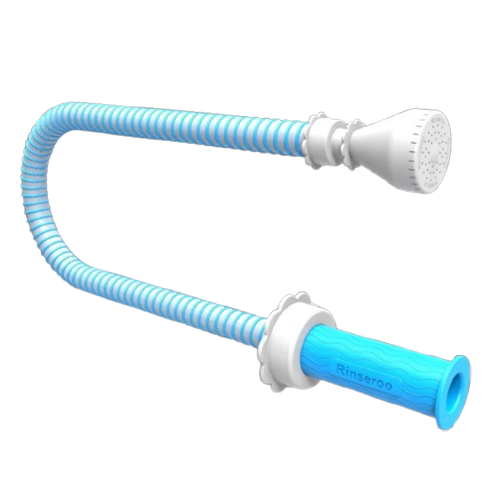
It attaches to your sink so you can create a makeshift indoor garden hose.
Combine this with the dolly and you can easily wheel your Farmstand over to the sink and fill it up without hurting your back, walking 10,000 steps or waiting forever!
(I first tried this hose but it didn’t work very well. I’d recommend this hose, which has a more universal attachment style that should fit most faucets)
Growth and Harvest
At 2 months, I filmed a Youtube update on my Lettuce Grow garden.
All of my Asian greens were in full bloom at that point and by month 3, I had tons of cherry tomatoes!
Lettuce Grow 2 Month Update
It surprised me just how quickly plants grew in the Lettuce Grow.
I think the combination of a spacious design, aeroponic shower method and strong nutrients all contributed to the Farmstand growing plants much faster than my other indoor gardens.
I mostly waited until all my greens were full sized heads, and harvested them.
Once those were eaten, I pulled them out, did a quick rinse of the seed pods and swapped in new seedlings. Right now, my garden is full of cherry tomatoes, peppers and eggplants.
Since all the plants in the Farmstand use the same nutrient water source, you’ll want to plant things that thrive under similar nutrient dosages.
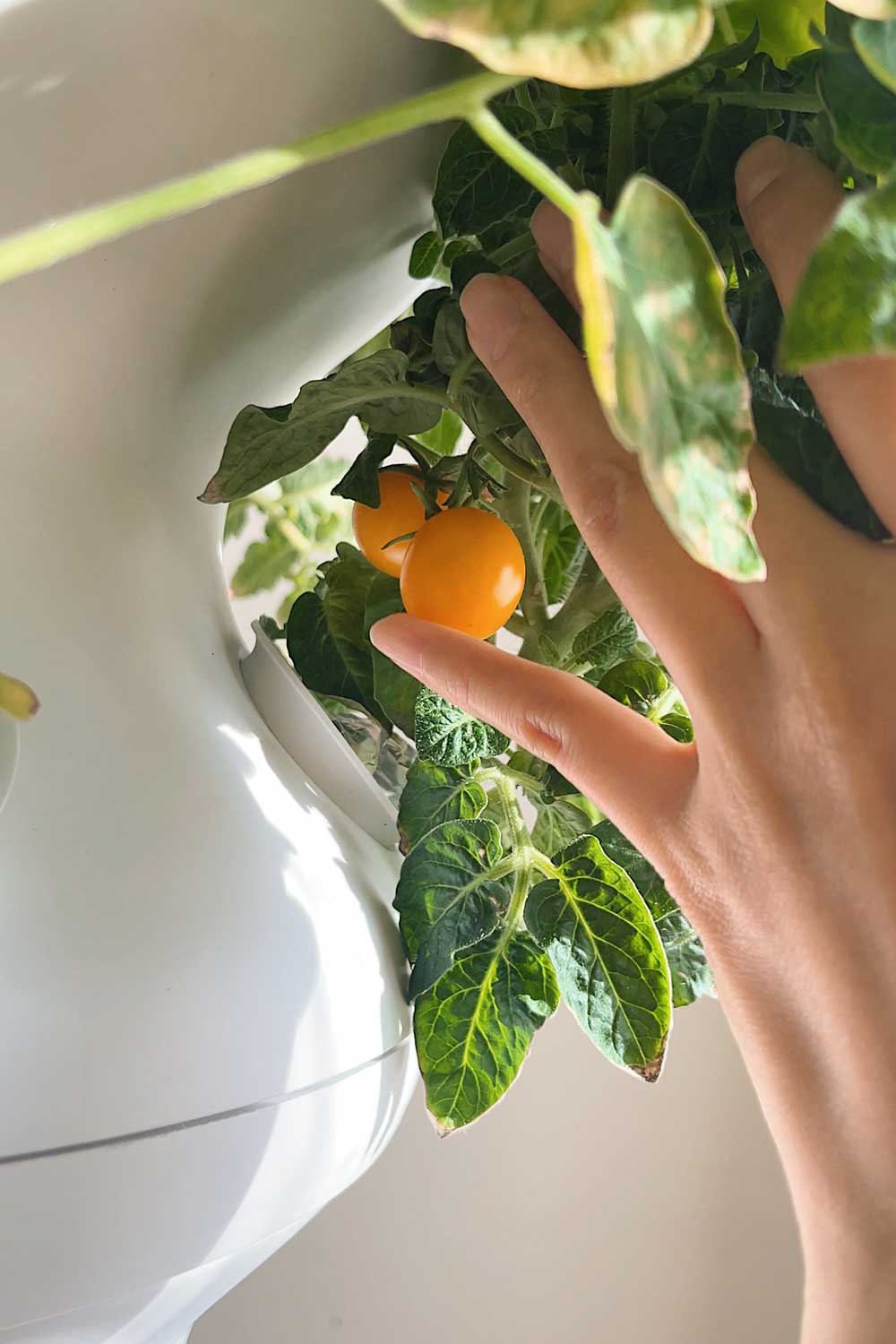
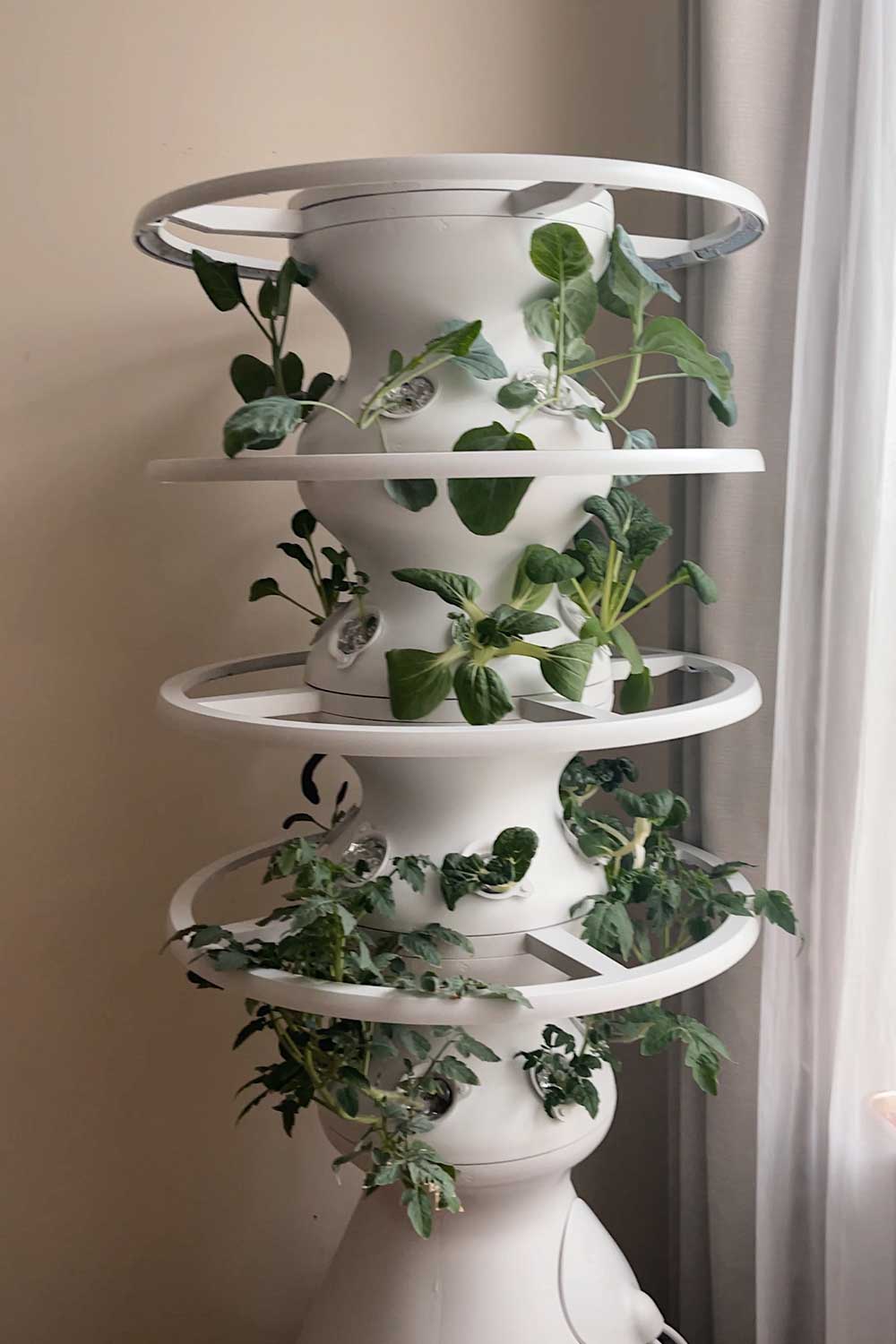
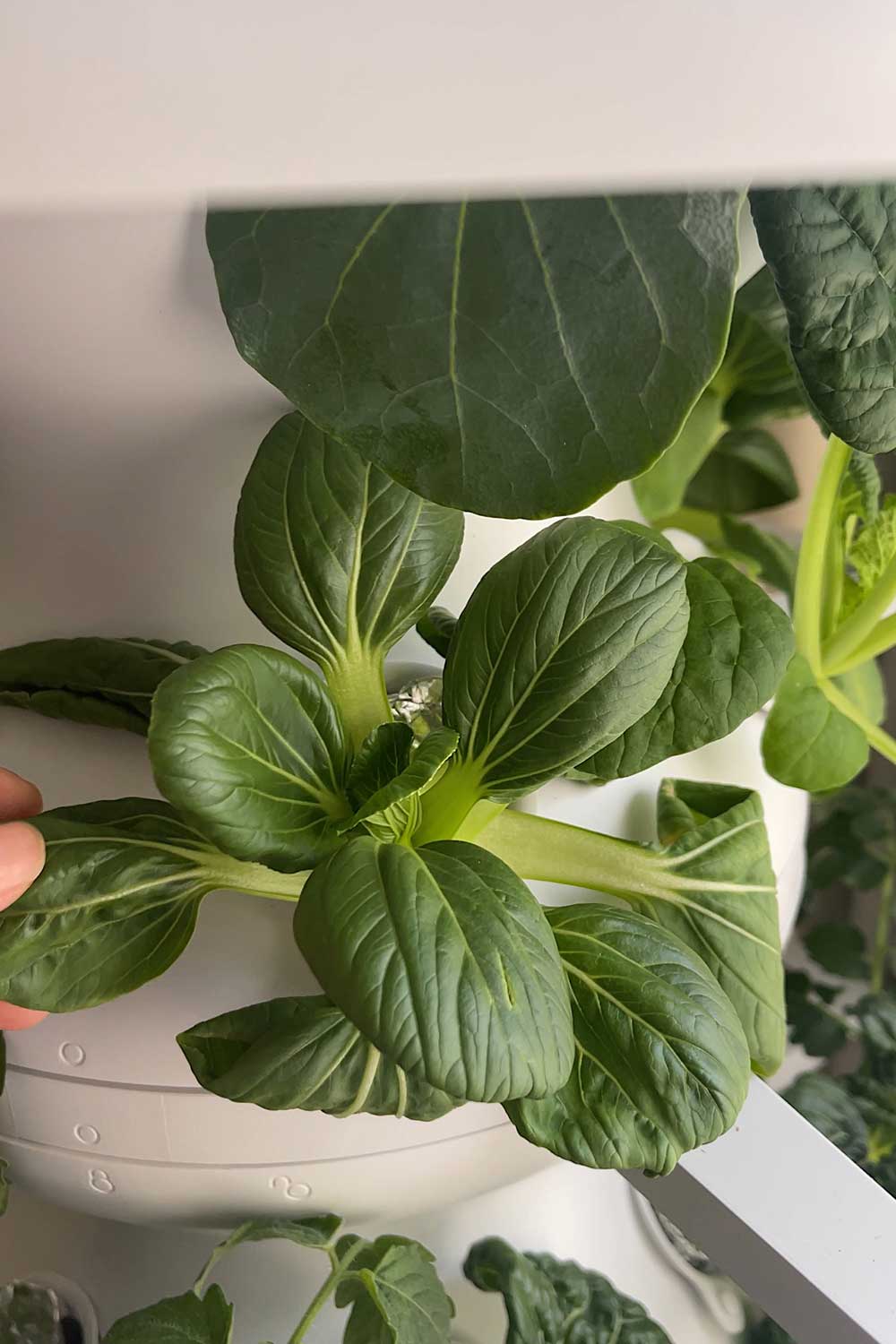
various plants growing on my medium Farmstand
Nutrition
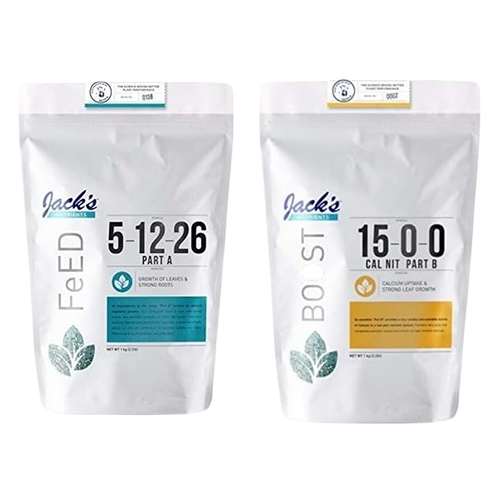
Lettuce Grow includes a bag of Jack’s Nutrients with the Farmstand, so you’re all set with hydroponic nutrients from the start.
Jack’s is a two-part dry nutrient formula, composed of parts A and B.
At setup, you’ll dissolve 4 scoops each in some water, and add the dissolved nutrients to the tank.
Then roughly every 2 weeks, you’ll top up the tank with additional water and nutrients according to their recommended nutrient schedule.
Jack’s is a highly concentrated form of nutrients, so a little goes a very long way.
The two 2.2 pound bags included with the Farmstand should easily last me a year, if not two or three! Once those are used up, you can purchase more here or here.
Or, you can experiment with other hydroponic nutrient brands.
I have a guide to all the hydroponic nutrients I’ve used, with pros and cons of each, here.
Read more: The Best Hydroponic Nutrients, Reviewed
Lettuce Grow Review
| Pros | Cons |
| Vertical Design | Glow Ring Placement |
| Aeroponic Method | Price |
| Strong LED lights | Strong LED lights |
| Fountain Sound | Fountain Sound |
| Large 20 gallon capacity | One shared water reservoir |
| Low Maintenance | Can be tedious to re-fill tank |
Pros
Overall, I’m really impressed with the Lettuce Grow Farmstand.
Vertical Design
The vertical design is highly efficient. In just 4 square feet of space, you can grow up to 36 plants. That’s insane!
As someone who lives in a small apartment, space is always tricky.
If I were to get rid of all my gardens and start over, I’d go with the Farmstand because it can grow so much in such a small footprint.
The other benefit of the vertical design is just how functional it is.
With my other indoor gardens that have a single, horizontal plane, I often have to leave some grow ports empty, so that each plant has enough room to grow outward.
With the Lettuce Grow, I can plant a seedling in every grow port, because they’re designed in a 360 degree outward circle.
So, none of the space is wasted!
Aeroponic Method
With hydroponics, there’s lots of different setups: DWC, NFT, Ebb & Flow, Aeroponics etc.
I’ve always heard great things about aeroponic setups, but they’re a little less common because they’re a bit more complicated to design.
While the Farmstand isn’t a pure aeroponic setup (it pours the nutrient solution over the plant roots instead of misting it), it’s pretty close!
I’ve noticed that plants seem to grow larger faster in an aeroponic setup, and there seems to be less algae and root rot.
Strong LED lights
The glow rings that come with the Farmstand are bright.
SO bright. They light up the entire space that the garden sits in and are much brighter than my other gardens.
Personally, I like how bright it gets!
The glow rings do double duty by acting as apartment lights.
Water Fountain
The pump inside the Farmstand runs on a timed schedule.
You can set whatever schedule you’d like, but for indoor use Lettuce Grow recommends 15 minutes on, 45 minutes off during the day.
When the water pump is on, the Farmstand sounds like an indoor fountain inside your home. Some people love the soothing sound of flowing water and love this.
20 Gallon Water Tank Capacity
When it comes to indoor gardening, there’s not nearly as much maintenance compared to outdoor soil gardening.
The main thing you have to stay on top of is keeping the garden tank full of water and topping up nutrition. Because the Farmstand holds a whopping 20 gallons of water, it really cuts down on the maintenance portion!
For me, that’s a huge pro as it means I generally don’t have to even touch my Farmstand on a day to day basis.
In general, I’d say the Lettuce Grow Farmstand is my lowest maintenance garden.
Cons
Some of the ‘pros’ are cons, depending on how you may look at it.
Shared Water Reservoir
All the plants on the Farmstand share the same nutrient water solution. So, you’ll want to grow plants with similar nutrient requirements together.
For example, herbs with salad greens, or fruiting vegetables with fruiting vegetables.
You can of course mix any combination of plants that you choose, but I find that certain plant types like different pH solutions or nutrient formulas, so it’s easiest to plant like with like.
Strong LED Lights
Some people find the bright lights too bright.
I recommend placing the Farmstand in a room with a door that you can close, so if the lights do bother you, you don’t have to be near them.
I also prefer to run my Farmstand lights at night, when I need lights on in the house anyway.
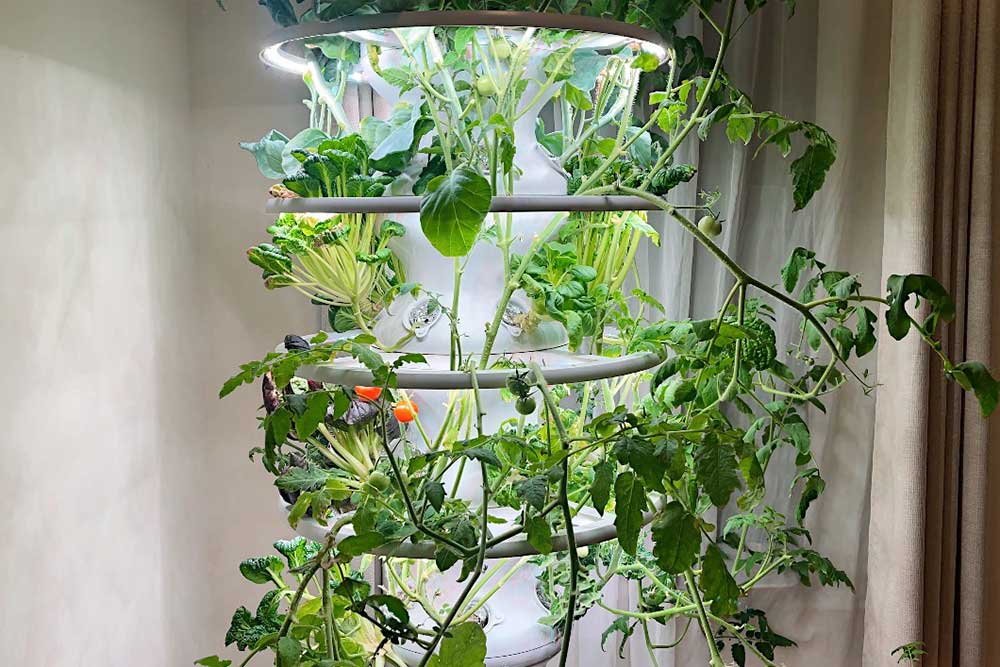
the glow rings on at night
Glow Ring Design
I’ve noticed that salad greens that grow in a rosette like shape are better harvested young, or in a cut-and-come again method.
If you wait and allow the greens to grow to full size, they can grow into the lights and get a bit of leaf burn.
It’d be nice if the glow rings could be moved, or slightly re-designed for a wider circumference to give each plant a bit more outward room!
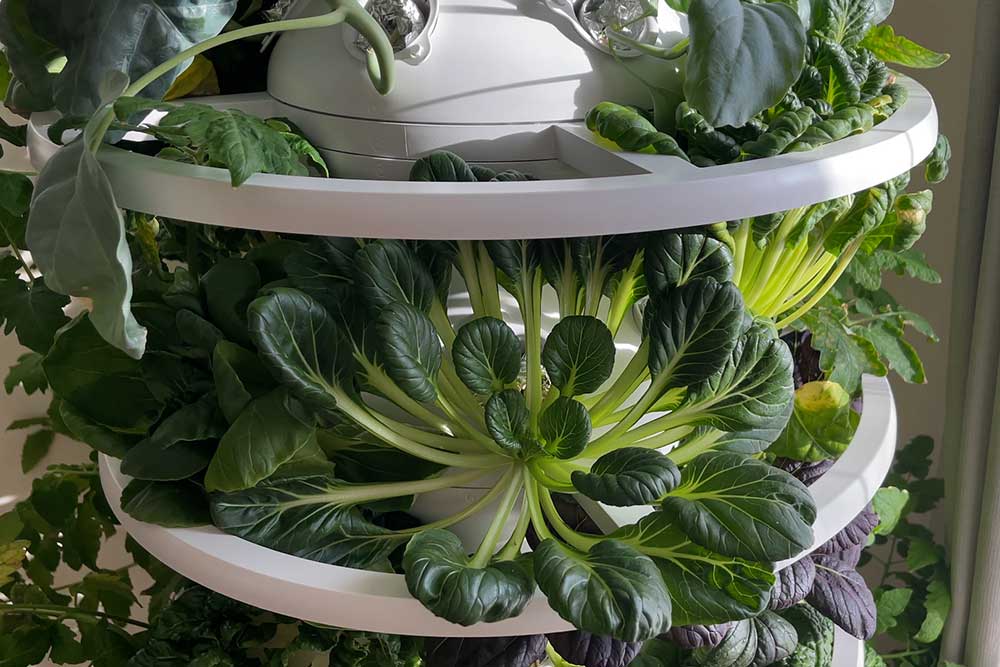
the perfect stage to harvest: not too big, not too small. if left to continue to grow, the leaves start to grow into the glow rings and get light burn
Water Fountain
The Farmstand’s water pump is much louder than my other indoor gardens, so at first it took me by surprise.
I kept having this sensation that a faucet was left on, or that my house was flooding ha.
I’ve gotten used to it and don’t even register the pump noise anymore, but just something to be aware of!
20 Gallon Water Tank Capacity
The flip side to a massive tank capacity is it can be a pain to fill up. The largest water jug I have is an (up cycled) 1 gallon water jug.
Making trips back and forth from my sink to the garden, even just a couple feet away, gets tedious when you have to repeat the process 20 times.
But, the good news is this con is easily fixed.
Just get a hose attachment and a dolly so you can wheel your Farmstand right to your sink and fill it up directly from the tap.
If you’re using the Farmstand outdoors, you probably already have an outdoor garden hose that can spray water directly into the tank.
Price
And well, the obvious last con is the price.
The Farmstand is definitely an expensive machine, and I would love to see them run sales more often. For now, you can get $125 off your order with code SHER125, which helps a little bit!
For me, knowing I’m eating fresh, organic produce without any preservatives or pesticides is priceless.
Often, produce at the store is picked early, when the vegetables haven’t fully ripened on their own.
(Tomatoes are commonly harvested when still green and them chemically induced to turn red with ethylene gas).
And most produce is shipped hundreds of miles from farms to suburban grocery stores.
By the time it reaches you it’s 7-10 days old and has lost 70% of its nutritional value.
Pesticides are allowed to be used on even organic produce, under US FDA guidelines.
And grocery stores typically coat vegetables in wax or spray salad greens with an antimicrobial mist to keep it looking crisper even as it loses its freshness.
When you grow your own herbs, greens and vegetables in an indoor garden like the Farmstand, you know exactly what you’re growing.
You can ensure there are no chemicals used and can harvest everything at peak nutritional value and maximum freshness.
It’s hard to put a price on health!
Read more: Answering Your Lettuce Grow Farmstand Questions!
Follow me on
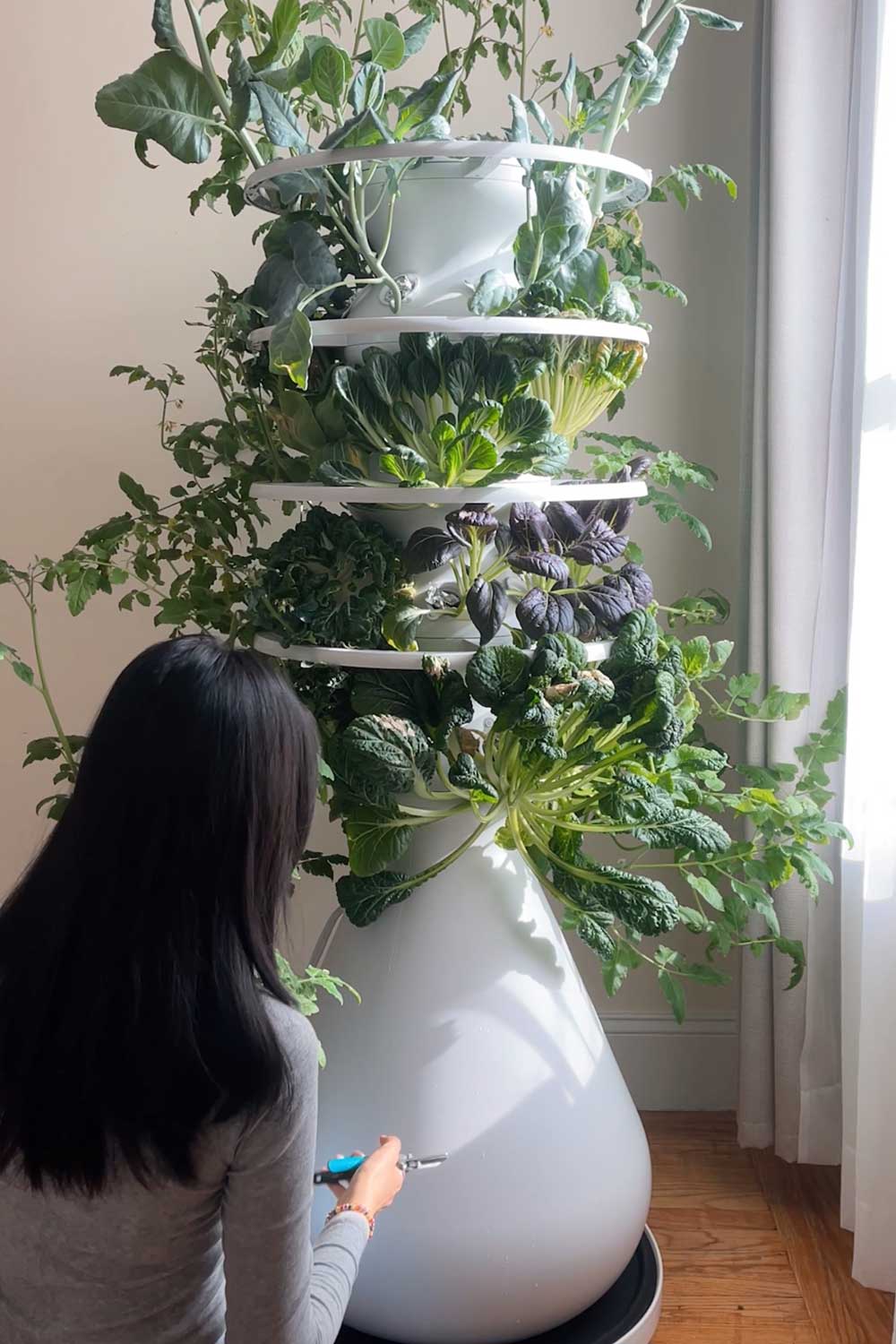
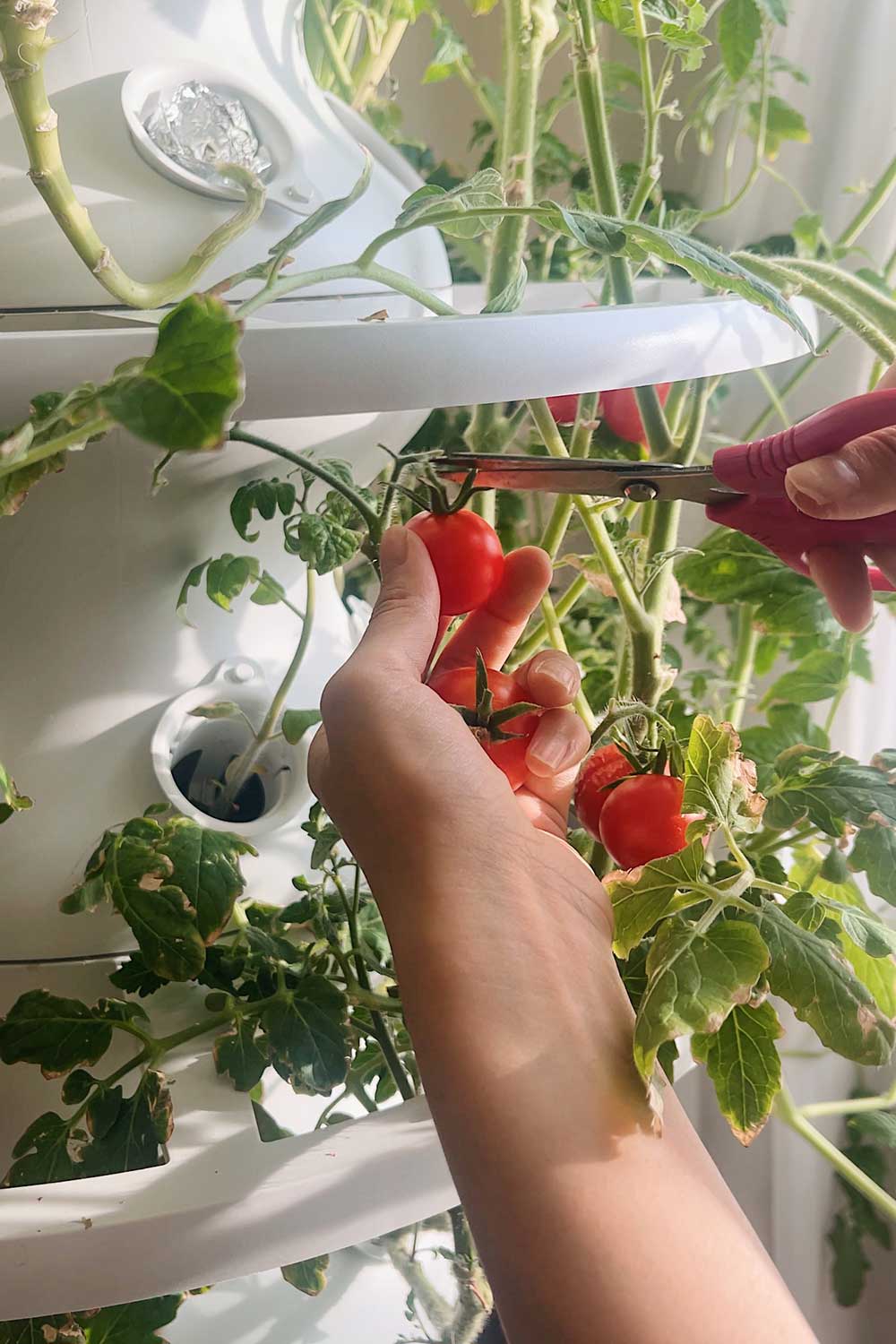
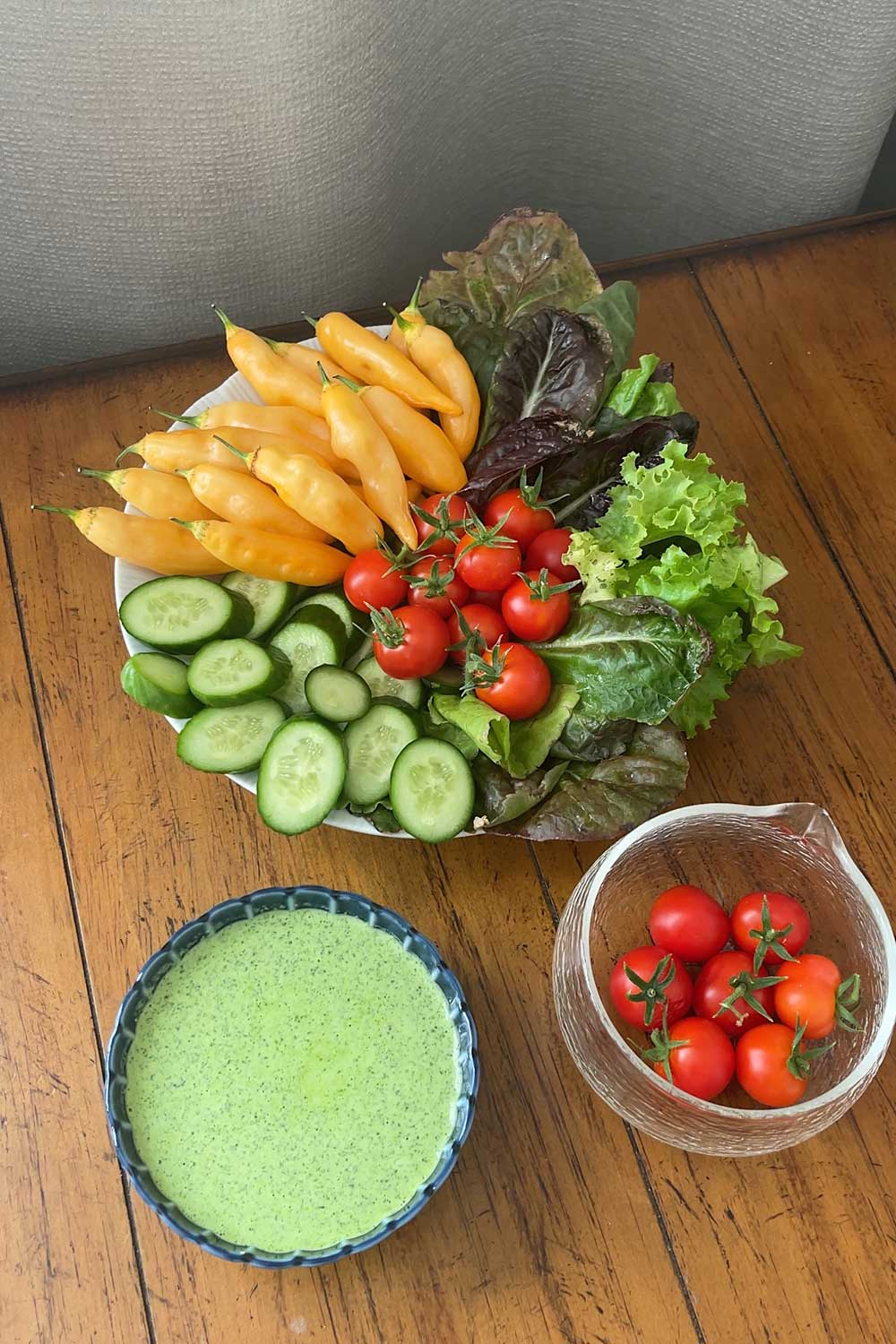
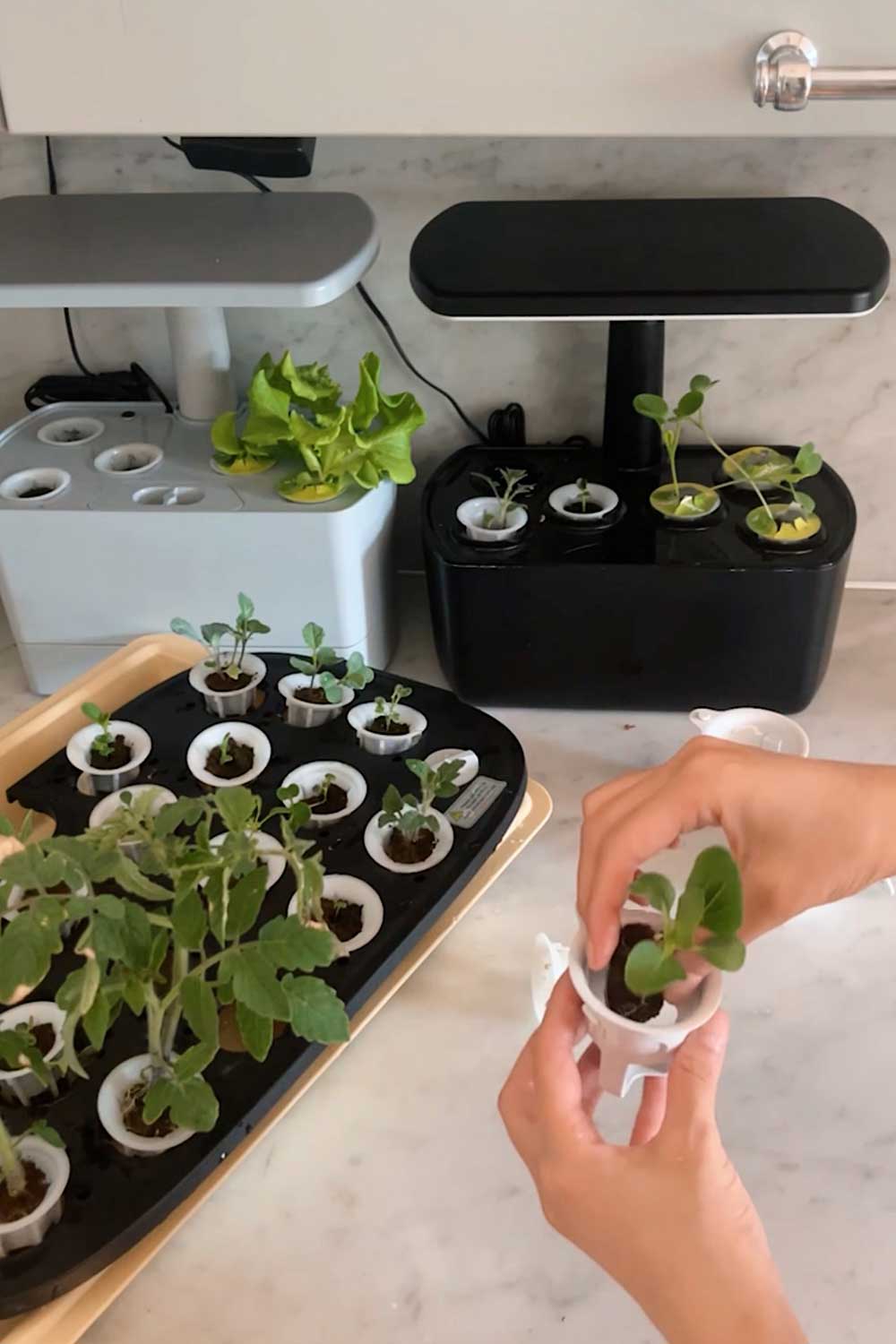
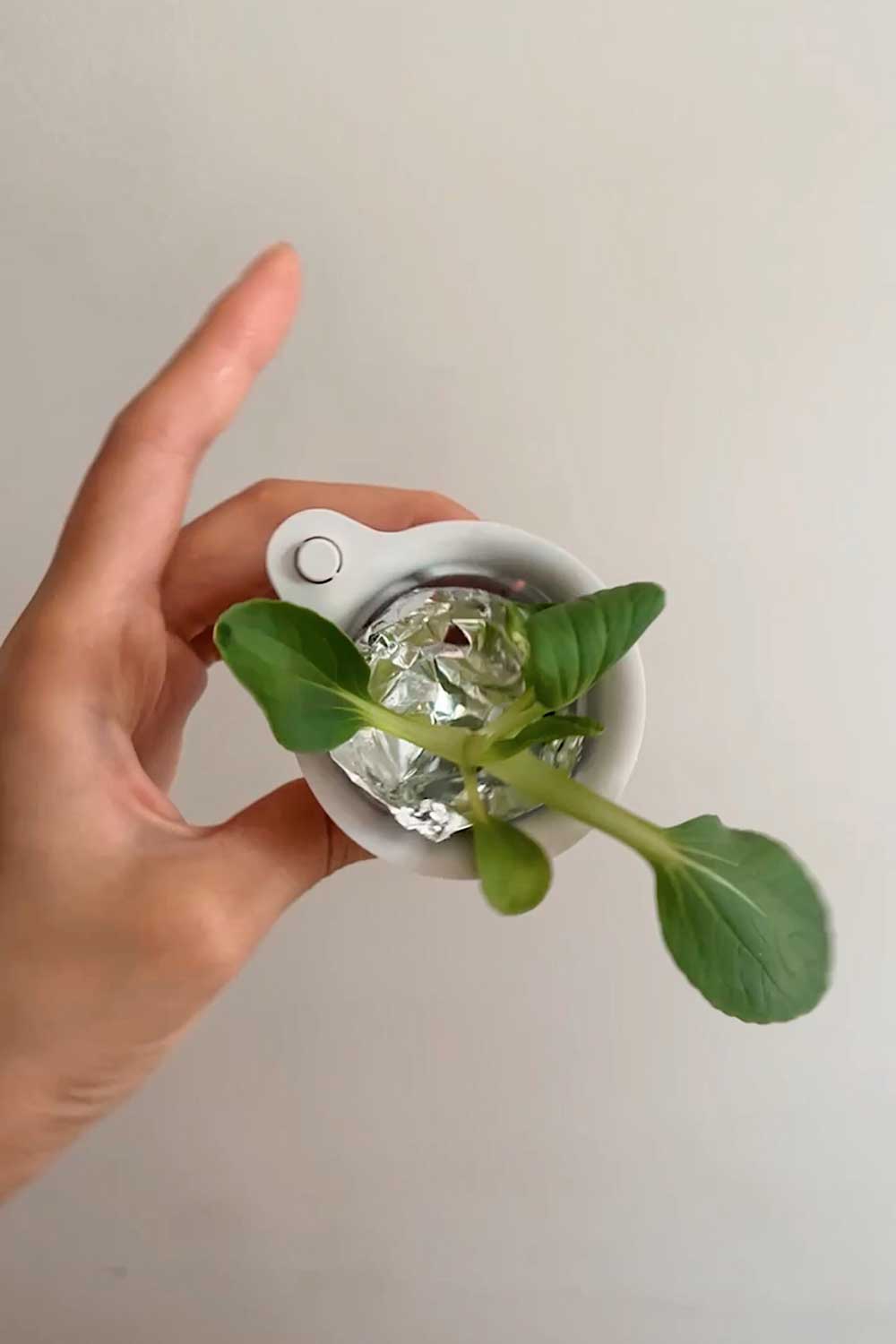
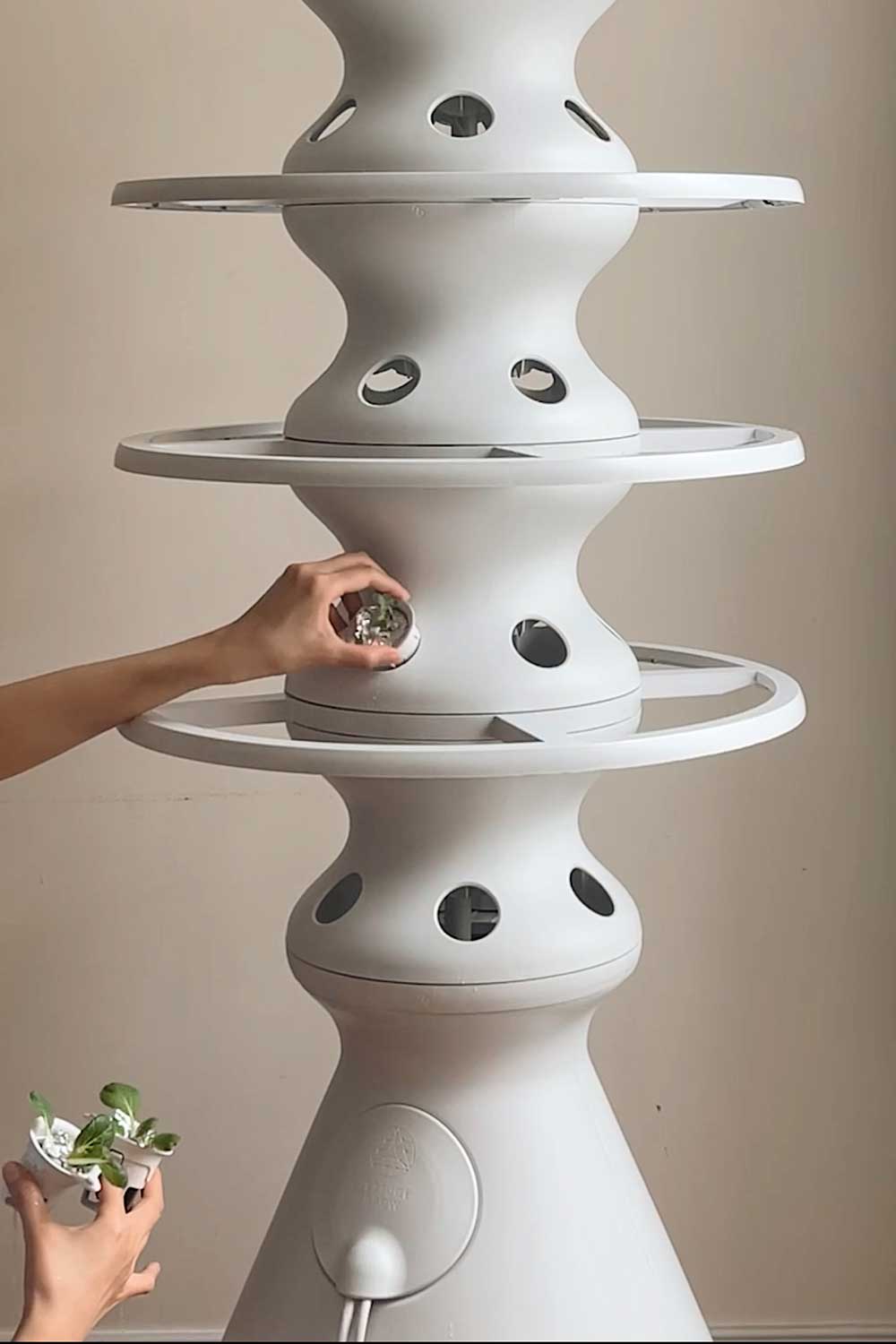
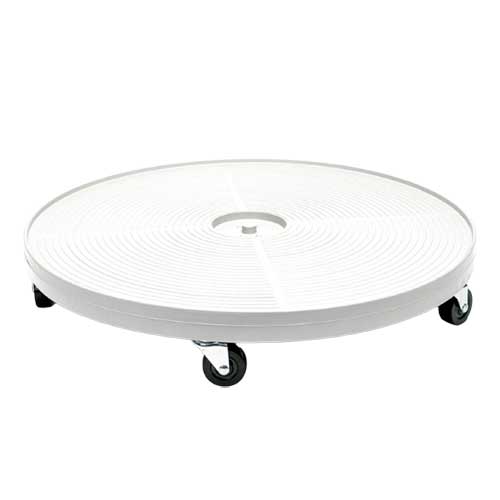
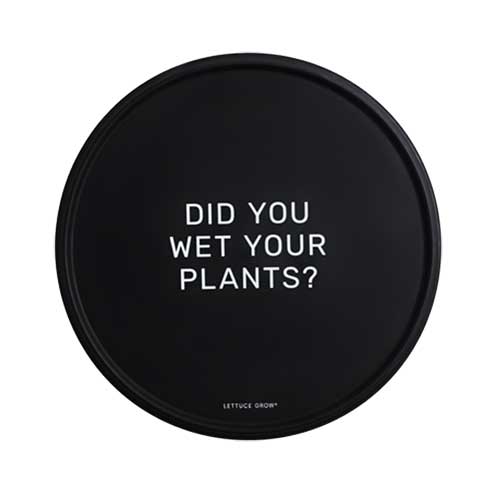
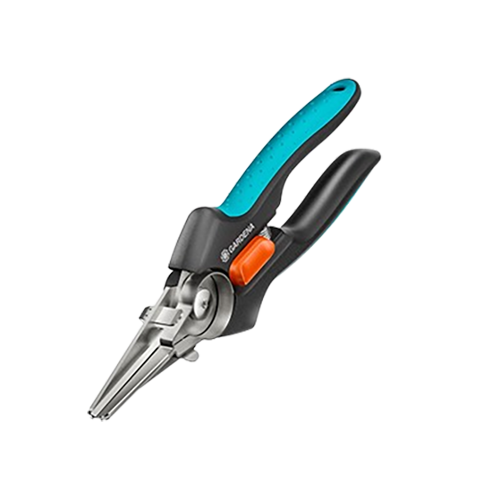
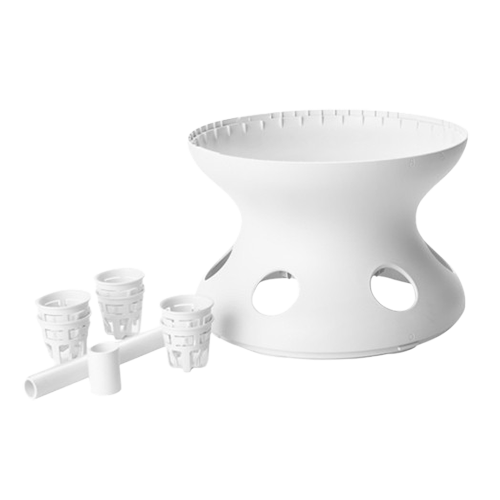
H!
Thanks for this review! Wondering what your view is on electricity usage/cost since having your farm stand?